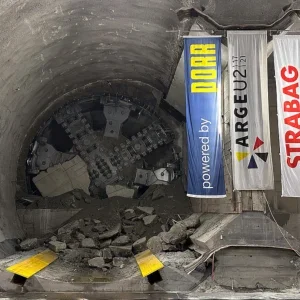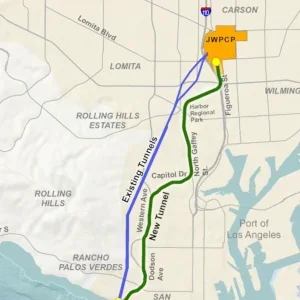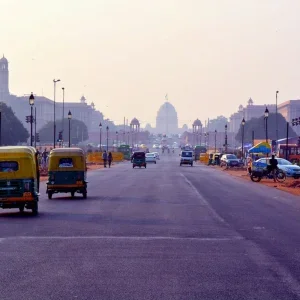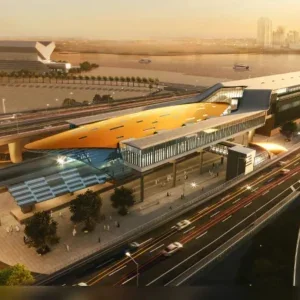The Taipei Rapid Transit Corporation (TRTC) has come under fire after floods caused Taipei’s underground railway system (MRT) to close in September 2001for over a month. The Taiwanese government has been forced to foot the US$114M, after it was revealed that the system was not insured against flood damage – even though it lies in a notorious flood-prone basin.
Also criticised was the network’s inadequate flood protection measures. Lee Po-wen, chairman of the TRTC, explained that the MRT’s drainage system was designed to channel rainwater into sump pits, each equipped with three pumps that direct the rainwater through the normal drains and away from the network. However, the rainfall created by the typhoon, Nari, was so severe (1,257mm in 51hrs) that the pumps failed, taking 11 days to completely clear the multi-levelled underground Central Station.
At US$13.6bn, the MRT is thought to be one of the most expensive metros built to date, and critics are angry that it wasn’t properly insured. Po-wen said that the system was based on a 200-year flood standard – even though others are based on 50 years – removing the need to spend US$3M on insurance. Although the Taiwan area suffers on average 18 tropical storms per year, the metro was only insured against pure fire and lightning disaster events.
To prevent similar future disruptions, the MRT is looking into plans to introduce watertight gates at the system’s tunnel entrances.
Taipei’s metro system is amongst the most comprehensive in Asia and consists of five lines, with four predominantly underground stretching 67km with 59 stations.







